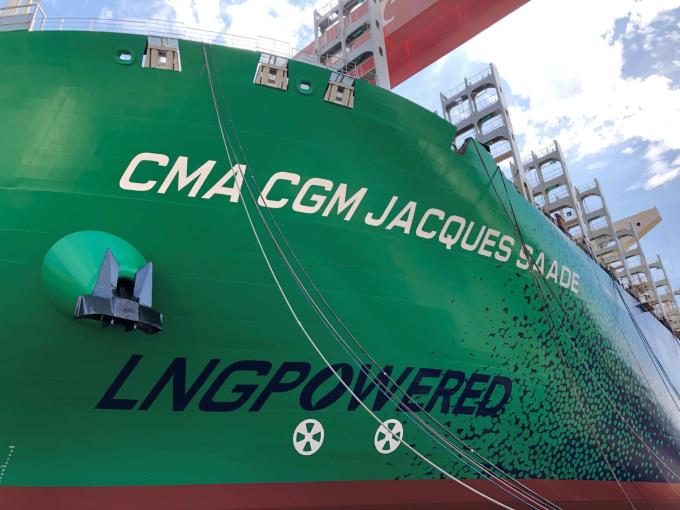'Weakened' Maersk paying a heavy price for its lack of fleet growth
MSC is flawlessly emulating dethroned rival Maersk’s old strategy by aggressively expanding its fleet and ...

Recent shipowner behaviour over LNG has re-ignited a clash between the fuel’s opponents and the shipping industry at large.
UCL’s Professor Tristan Smith says he is sceptical of the new momentum in LNG and that the container lines were copying one another, “perhaps because none of them are brave enough to read the IMO’s revised strategy, or really figure out what it means for rate of change of technology”.
This was “bizarre”, he said, in light ...
Transpacific sees first major MSC blanks as rates fall and volumes falter
'It’s healthy competition' Maersk tells forwarders bidding for same business
Opposition builds for final hearing on US plan to tax Chinese box ship calls
White House confirms automotive tariffs – 'a disaster for the industry'
New price hikes may slow ocean spot rate slide – but for how long?
Supply chain delays expected after earthquake hits Myanmar
Shippers snap up airfreight capacity to US ahead of tariff deadline
Tighter EU import requirements proving 'a challenge' for forwarders

Comment on this article